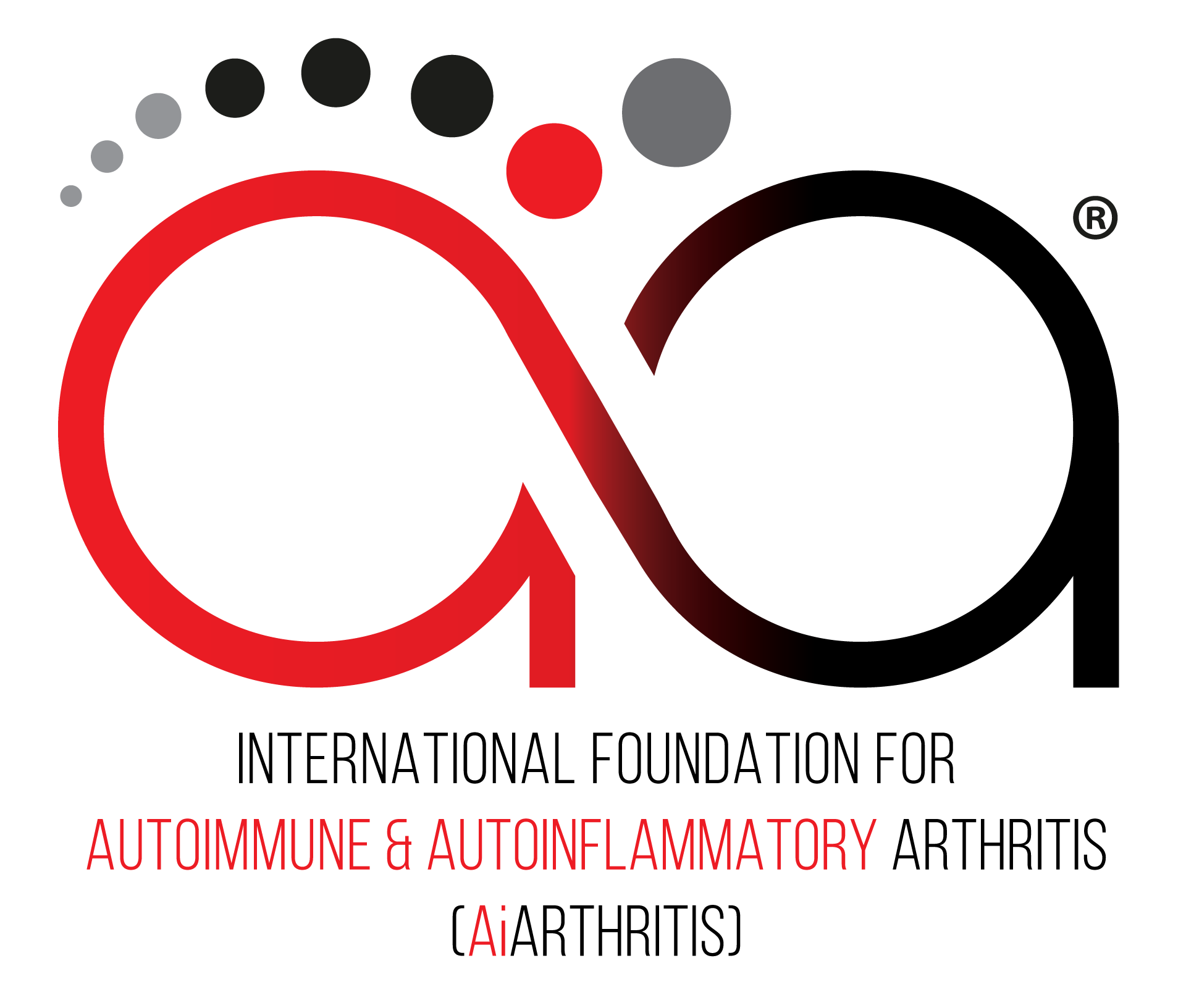What is Reactive arthritis
Reactive Arthritis is a form of autoimmune arthritis or joint inflammation, that occurs as a “reaction” to an infection elsewhere in the body. Inflammation is a characteristic reaction of tissues to injury or disease and is marked by swelling, redness, heat, and pain. Besides this joint inflammation, reactive arthritis is associated with two other symptoms: redness and inflammation of the eyes (conjunctivitis) and inflammation of the urinary tract (urethritis). These symptoms may occur alone, together, or not at all.
Reactive arthritis is a type of “spondyloarthritis” a group of disorders that can cause inflammation throughout the body, especially in the spine. (Examples of other disorders in this group include psoriatic arthritis, ankylosing spondylitis, and the kind of arthritis that sometimes accompanies inflammatory bowel disease.)
In many patients, reactive arthritis is triggered by an infection in the bladder, the urethra, or, in women, the vagina (the urogenital tract) that is often transmitted through sexual contact. This form of the disorder is sometimes called genitourinary or urogenital reactive arthritis. Another form of reactive arthritis is caused by an infection in the intestinal tract from eating food or handling substances that are contaminated with bacteria. This form of arthritis is sometimes called enteric or gastrointestinal reactive arthritis.
The symptoms of reactive arthritis usually last several months, although symptoms can return or develop into a long-term disease in a small percentage of people.
Reactive arthritis is a type of infectious arthritis that occurs as a “reaction” to an infection elsewhere in the body. This process may occur weeks or even months after the infection has resolved.[1][2] In addition to joint inflammation, reactive arthritis is associated with two other symptoms: redness and inflammation of the eyes (conjunctivitis) and inflammation of the urinary tract (urethritis). These symptoms may occur alone, together, or not at all. The symptoms of reactive arthritis usually last 3 to 12 months, although symptoms can return or develop into a long-term disease in a small percentage of people.[1] The exact cause of reactive arthritis is unknown. It may follow an infection with Salmonella enteritidis, Salmonella typhimurium, Yersinia enterocolitica, Campylobacter jejuni, Clostridium difficile, Shigella sonnei, Entamoeba histolytica, Cryptosporidium, or Chlamydia trachomatis. Certain genes may make you more prone to the syndrome.[1][2][3] For instance, the condition is observed more commonly in patients with human lymphocyte antigen B27 (HLA-B27) histocompatibility antigens.[2] The goal of treatment is to relieve symptoms and treat any underlying infection. Antibiotics may be prescribed. Nonsteroidal anti-inflammatory drugs (NSAIDS), pain relievers, and corticosteroids may be recommended for those with joint pain.[3]
This information is provided by the National Institutes of Health (NIH) Genetic and Rare Diseases Information Center (GARD).
https://rarediseases.info.nih.gov/diseases/5693/reactive-arthritis
Related Autoimmune Patient Groups
Looking for more information?
Many of our partner organizations specialize in support for specific autoimmune diseases and have additional resources, research and care-management information available.


